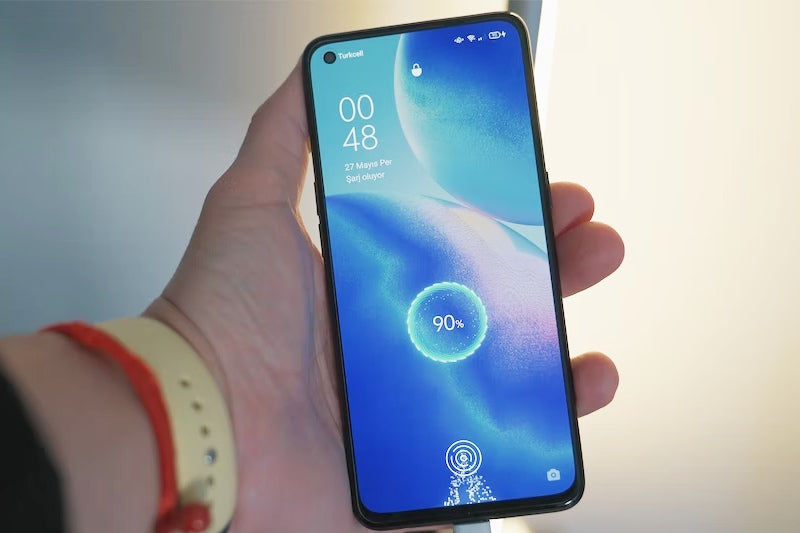When charging your phone, you may notice that you do not always achieve the maximum charging speed advertised by either the phone manufacturer or the phone charger. On different days, you might even get different charging speeds. Why is this so? The following are the 5 most common factors that influence charging speed:
State of Charge(SoC), or how full a battery is when it begins charging
The state of charge describes how full the batery is in percentage terms. Consider it a fuel gauge. When a battery is nearly empty—when it has a low SoC—it charges the fastest.

Battery's temperature
Batteries, on the whole, adhere to the Goldilocks principle: they prefer a temperature that is just right.
Why is that so? The goal is to preserve the life of your battery. The Battery Management System (BMS) in your phone monitors the security of your battery. It resembles your battery's brain in some ways. Extreme temperatures can shorten a battery's lifespan, so your phone's BMS doesn't want the battery to become overheated or to begin charging too quickly when it is too cold.
Using other loads during charging
Remember that some of the energy intended for your battery is diverted for loads like the cabin air conditioning or heating, lights, radio, and other accessories if you choose to remain in your car while it is being fast charged.
A portion of the charging power is also used by the thermal management system to warm or cool the battery. Because of this, the kW display on the charger may occasioally be slightly higher than what in-dash displays show.
Deterioration of Battery
Batteries can degrade and lose charging capacity over time, albeit slowly. Because each phone is unique, the normal loss of battery capacity should be specified in the warranty for your vehicle.
Generally speaking, it's best to have an SoC of 80–85% at the end of a fast charge. By doing this, you'll avoid your battery overheating and have more free time (since charging speeds will be much slower as your battery is close to full).
Current and voltage limits of phone
This one can be challenging to comprehend, but it's crucial. Kilowatts (kW), a unit of power, are used to describe how much power your phone battery receives during a charge. A product of voltage (V) and current (A) is power(kW). Voltage and current limits apply to the charger as well as your phone.
Because each phone battery and charger have different voltage and current limits, each charge begins with a negotiation of your phone's voltage and current limits, as well as the charger's voltage and current limits.
While it is possible to achieve the maximum charging speed advertised by your vehicle, charging speeds on a range lower than that maximum are more common. phones are intelligent, when you connect to a fast charger, both your phone and the charger want to give you the fastest speeds—in the safest way possible—to maintain the health and happiness of your phone's battery.
How to Charge Your Phone Fast?
Connect it to the wall rather than your computer
USB ports typically output between 1 and 2.1 amps, depending on the device manufacturer and USB generation. As a result, the USB port amperage is much lower than when you plug your phone into a wall socket and use a manufacturer-approved charger. If you have a newer-generation iPhone or Android phone, the charger most likel includes fast-charging technology.
Turn off your phone
Turn off your phone while it's charging if you can do without it. This prevents it from consuming any energy for ongoing operations or connectivity, ensuring that all available power is directed toward the battery.
When your phone is charging, avoid using it
The screen is one of the most significant power drains on a phone. If you're expecting an important call and can't turn off the phone, leave it charging.
Turn on airplane mode
The connectivity of your phone is the other major drain on your battery, along with the screen. If you need to use an app while your phone is charging, put it in airplane mode. When it comes back online, any updates or emails you've sent will be delivered, but in the interim, your phone will charge more quickly if it has less work to do.
These tips can help you make the most of your charging time and ensure that you never have to go out with a dangerously low battery again. If your Android or iPhone is charging slowly, perhaps it's time for a new one.
